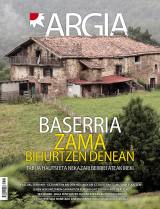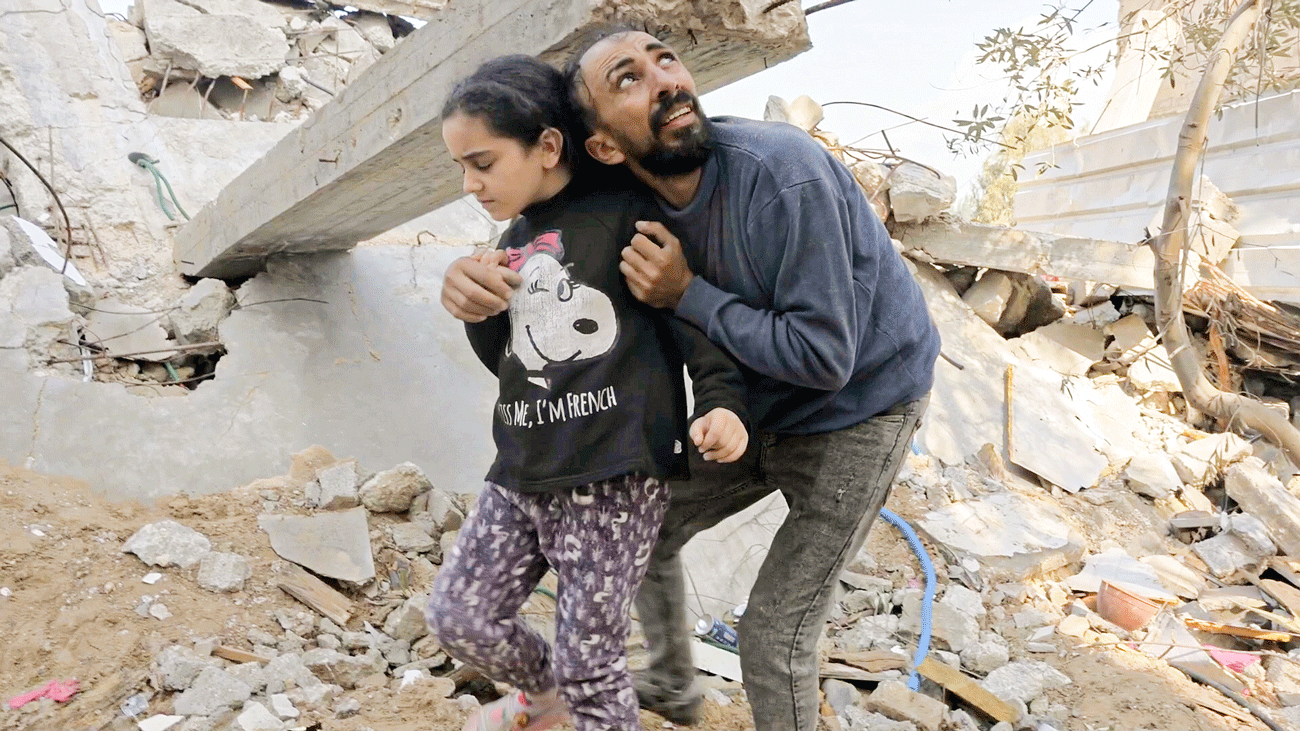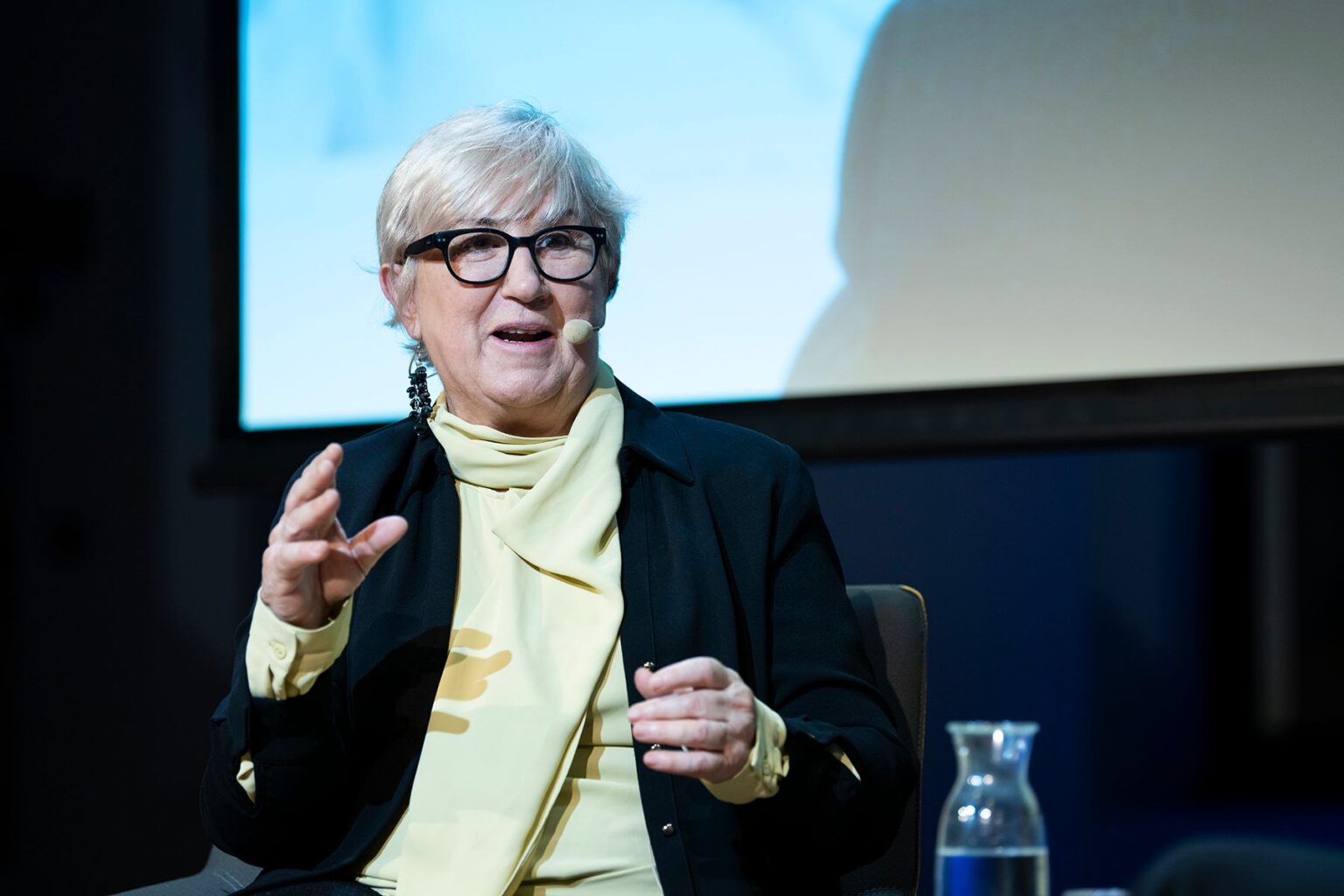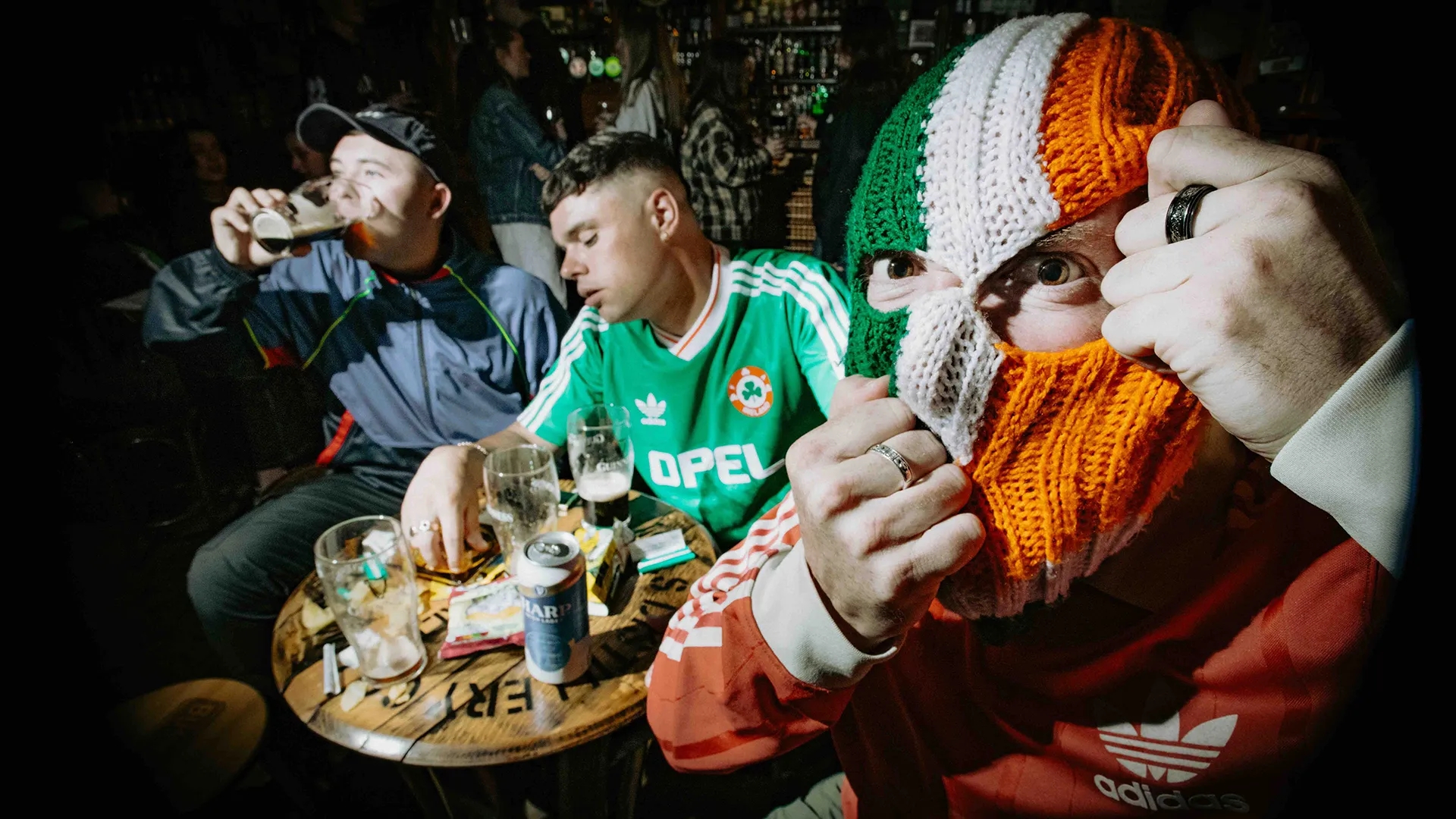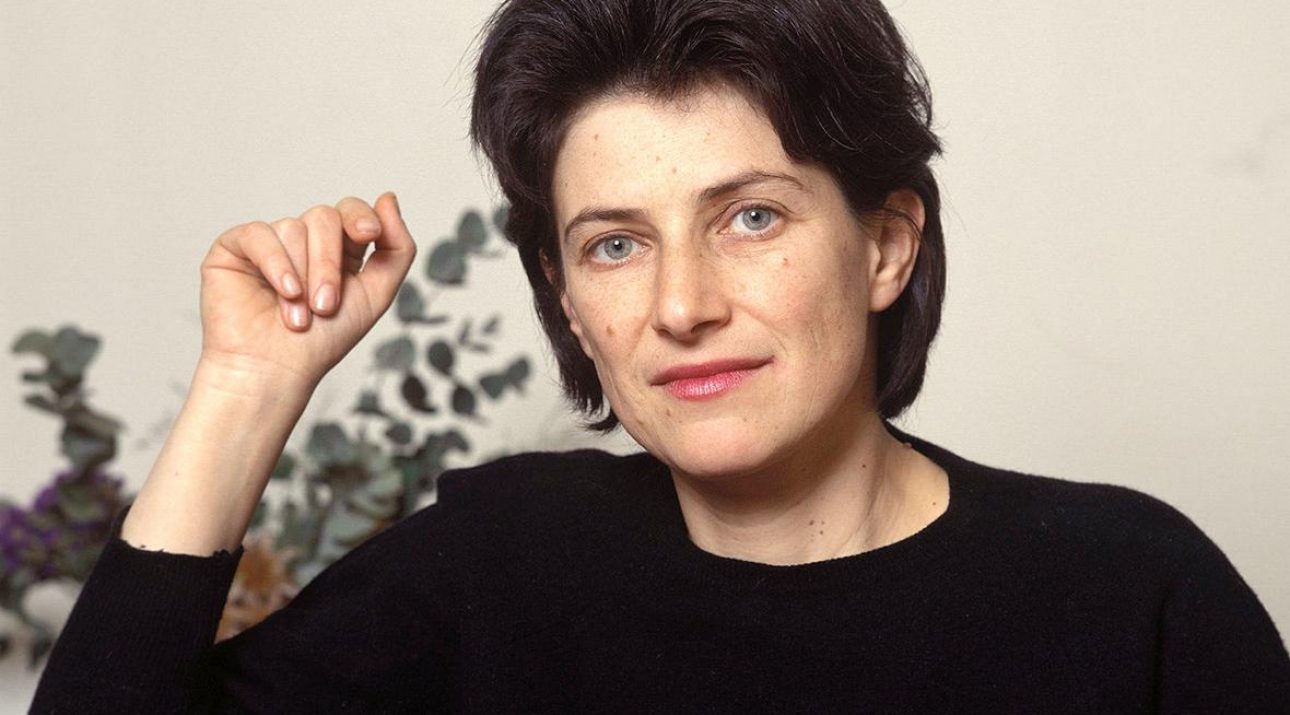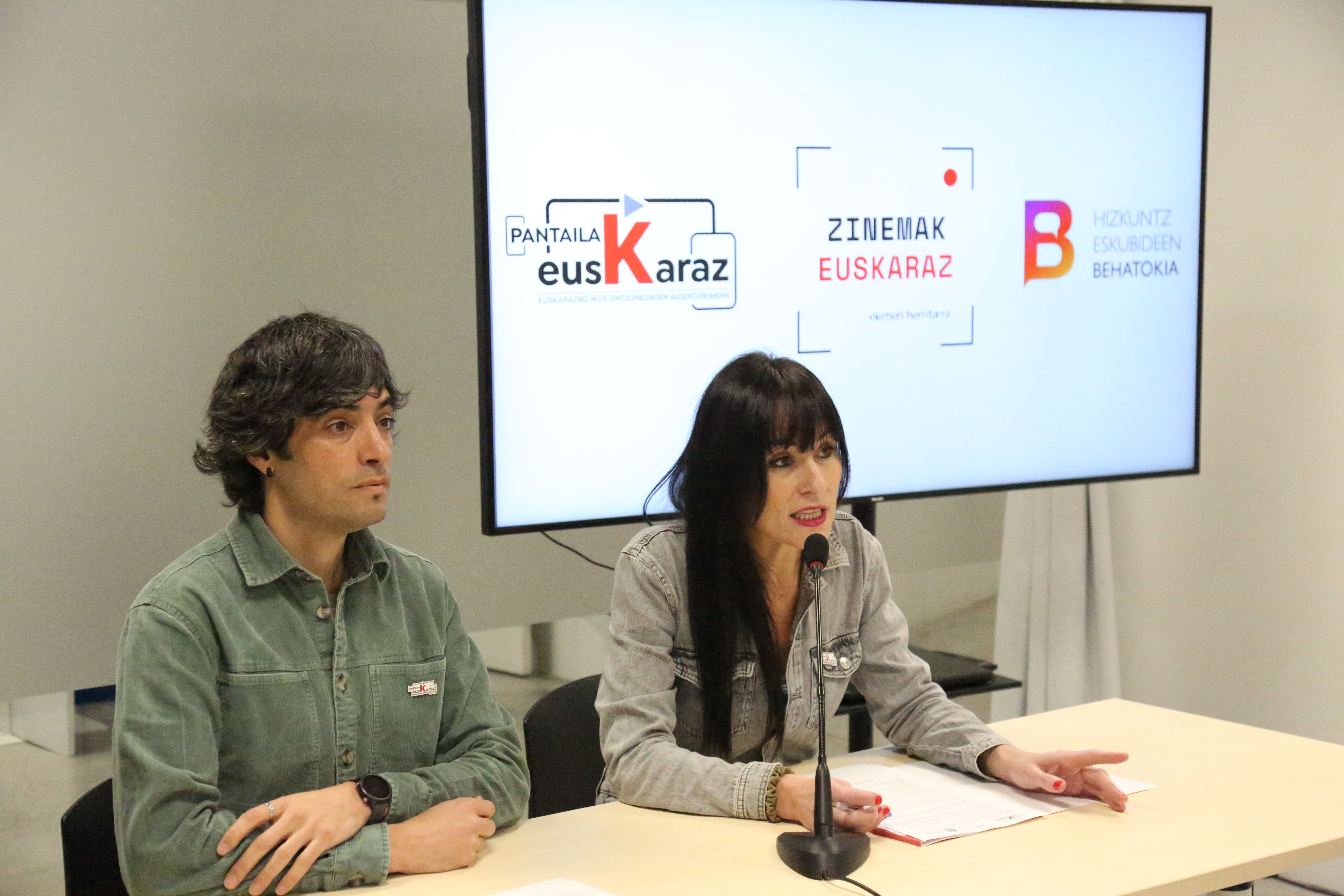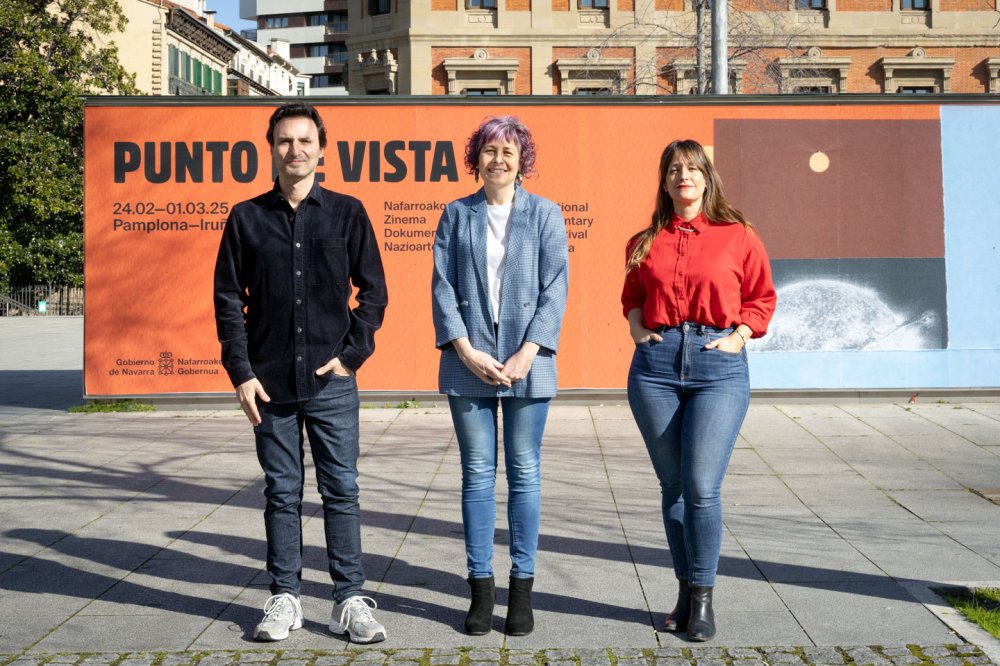The surprise of the year comes from Catalonia
- Amazement, happiness, tenderness, sadness -- I've gotten into the whirlwind of those feelings. I wouldn’t be able to guess the last time I said the phrase “I’ve seen real movies” after leaving a movie theater. But after seeing the first work of Carla Simon, Estiu 1993 (summer 1993) stands up and I remain applauded. I think it's the best movie of the last three years on the Iberian Peninsula and, at the moment, the strongest movie I've ever seen in 2017.
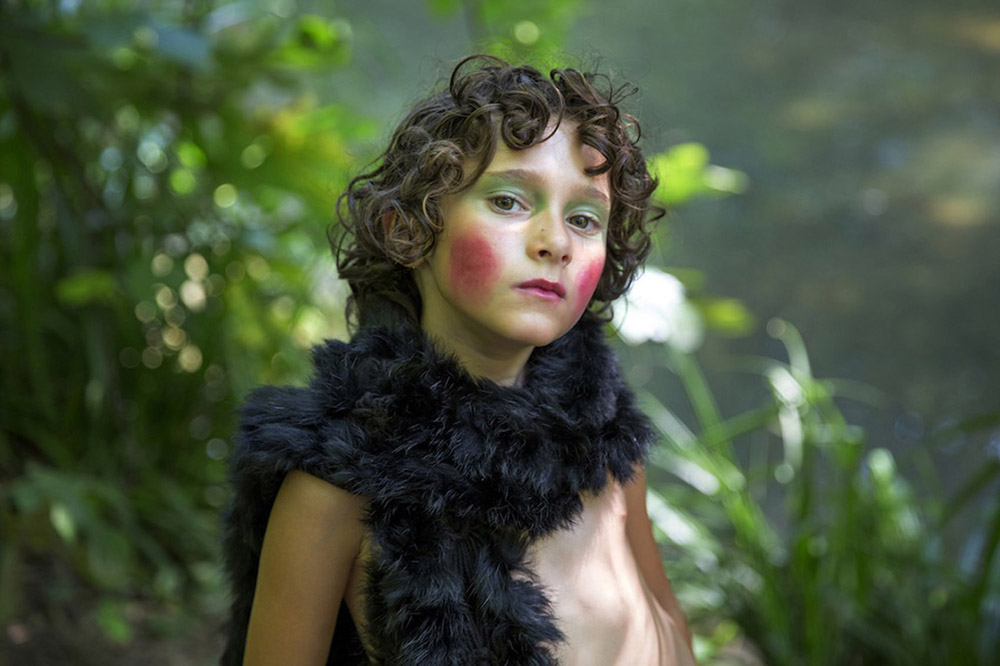
The debutant Laia Artigas, who has done a job that she can turn her back on, embodies a character named Frida. The same virus that a few years ago led his father, which is not specified, but it is clear what it is, on this occasion he has permanently shut down his mother's life. From this point of departure, Carla Simon’s camera stands in Frida’s perspective and makes us witness from the very beginning to the life that awaits him. We'll feel like we're there secretive conversations, sunrise churchouts, understanding gestures, contempt or an unforgettable sequence that happens in the playground. The film constantly goes through an unusual level of sensitivity, sharing anguish, laughter and crying in different scenes. To do that X-ray of this harsh childhood, moreover, it never falls into easy sentimentalism at any time. It uses in a subtle and very effective way all the tools offered by the language of cinema. Playing with a perfect structure of plans and using the natural lighting that has the brush of the great Victor Erice, in a few moments we will feel that we are Frida, but in others that we are his new family. My mother, my father, my little, unforgettable sister. There is no room for manoeuvring, but there is no room for that complexity that has flourished from a tragedy and that human relations can offer us.
We will live what happens to Frida as if we were inside the film, thanks to the work of actress Laia Artigas
For example, the hard sequence of the phone. It seems simple, yes, naïve, but within the main character it will mark a turning point. Two kids playing with the phone call the mother's house they just lost. One tone two, three… five… on the other side of the phone there is no one. This six-year-old boy doesn't get an answer. The shades are lost in silence, the girl does not release the phone at any time. Without words, without tears, only a small gesture, but from that moment on Frida will be another girl. Well, it's the same, but it's becoming increasingly aware of reality. He will never see his parents again and his life in Barcelona is over forever.
I mentioned Victor Erice. But not only because of that natural aesthetic, or because the protagonist is a child who has to adapt to the rural environment, but because this wonderful storytelling with brushes of The Spirit of the Beehive of 1973 is a masterpiece of small gestures. And above all, because as in the works of Erice, small situations with small sentences provoke gigantic reflections. Not all the important things are said through the words, but the viewer interprets them by adding the aforementioned cinematic tools. Children playing to be “adults”; the terrible moment hidden in the forest; the mattress that is seen in the background; the gazes of the “new” mother; the moment when grandparents go in the car; and above all, the end. Often final. Starting with an interfamily game, until they take us to that moment that is able to put goose bumps. Once again, without speaking, the outbreak of feelings. The impressive Laia Artigas, far exceeding the level required by this sequence. As if I had worked for twenty years as an actor in a previous life. When I realized that the screen was blackened and the 96 minutes passed, I noticed that the film perfume was still in the air, and that, being at the time we're in, is wonderful.
No other land dokumentalaren zuzendari Hamdan Ballal kolono sionistek jipoitu zuten astelehenean bere herrian, beste hainbat palestinarrekin batera, eta Israelgo militarrek eraman zuten atxilo ondoren. Astarte goizean askatu dute.
Donostiako Tabakaleran, beste urte batez, hitza eta irudia elkar nahasi eta lotu dituzte Zinea eta literatura jardunaldietan. Aurten, Chantal Akerman zinegile belgikarraren obra izan dute aztergai; haren film bana hautatu eta aztertu dute Itxaro Bordak, Karmele Jaiok eta Danele... [+]
35 film aurkeztu dira lehiaketara eta zortzi aukeratu dituzte ikusgai egoteko Euskal Herriko 51 udalerritan. Euskarazko lanak egiten dituzten sortzaileak eta haiek ekoitzitako film laburrak ezagutaraztea da helburua. Taupa mugimenduak antolatzen du ekimena.
Pantailak Euskarazek eta Hizkuntz Eskubideen Behatokiak aurkeztu dituzte datu "kezkagarriak". Euskaraz eskaini diren estreinaldi kopurua ez dela %1,6ra iritsi ondorioztatu dute. Erakunde publikoei eskatu diete "herritar guztien hizkuntza eskubideak" zinemetan ere... [+]
Geroz eta ekoizpen gehiagok baliatzen dituzte teknologia berriak, izan plano orokor eta jendetsuak figurante bidez egitea aurrezteko, izan efektu bereziak are azkarrago egiteko. Azken urtean, dena den, Euskal Herriko zine-aretoak gehien bete dituztenetako bi pelikulek adimen... [+]
Otsailaren 24tik eta martxoaren 1era bitartean, astebetez 60 lan proiektatuko dituzte Punto de Vista zinema dokumentalaren jaialdian. Hamar film luze eta zazpi labur lehiatuko dira Sail Ofizialean; tartean mundu mailako lau estreinaldi eta Maddi Barber eta Marina Lameiro... [+]
A conference for architects has just been held in Madrid to discuss the crisis of the professional architect. They have distinguished the traditional and contemporary way of being an architect. What is traditional? From the epic architect who appears in The Brutalist, where... [+]









